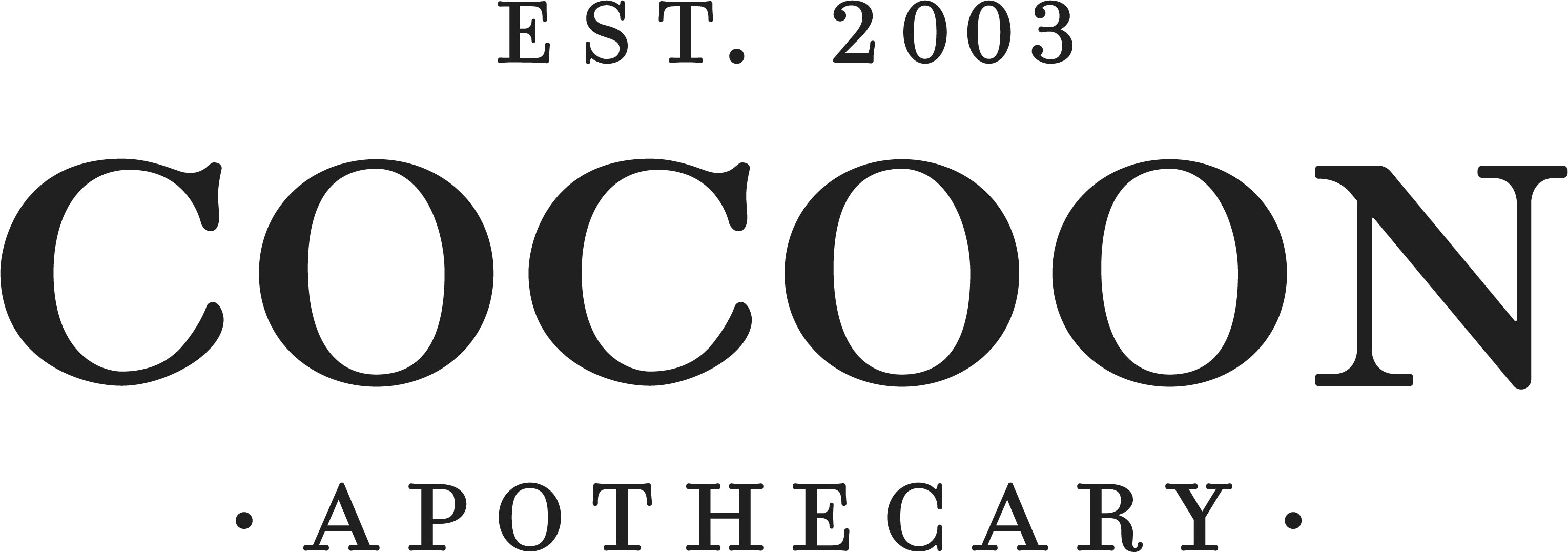Skincare trends are wild. Not long ago, everyone was demanding products that were vegan, cruelty-free, and biodegradable enough to rinse down a mountain stream. Now? People are proudly rubbing 100% rendered animal fat onto their faces like it’s some kind of ancestral rite.
So, let’s talk about it. Is tallow the miracle moisturizer it’s hyped up to be, or just another trendy turn in the endless skincare cycle of whiplash?
First, What Is Tallow?
Tallow is rendered animal fat—usually from cows, sometimes sheep. Basically, it's beef fat that's been slowly heated, strained, and solidified into a rich, creamy balm. Think of it as the original OG moisturizer—before anyone even knew what a ceramide was.
From a chemistry standpoint, tallow is mostly triglycerides made up of fatty acids like stearic, palmitic, and oleic acid—similar to the lipids naturally found in human sebum. That means your skin recognizes it and knows what to do with it. It creates a breathable barrier, helps repair dryness, and softens rough patches.
But here's the thing: many plant oils contain these exact same triglycerides. Olive oil? Rich in oleic acid. Palm and shea? High in stearic and palmitic acids. So while tallow is biocompatible, it’s not necessarily unique in that department. You can get those same skin-loving fatty acids without the moo.
Why People Love It
The current tallow craze is partly about results and partly about the back-to-basics, DIY, ancestral-vibe aesthetic. It’s simple. It’s natural. It doesn’t come with a ten-step INCI list. And if it's locally sourced from a small farm, it ticks the “sustainability” box too—kind of.
There’s also the “nose-to-tail” philosophy: if we’re raising animals for food, we should use all of them, including the fat. So rather than throwing it out, it’s being repurposed as skincare.
And unlike some plant oils that go rancid faster than you can say “cold-pressed,” properly rendered tallow is shelf-stable for ages without preservatives.
But Let’s Be Real: It’s Not a Green Juice for Your Face
Tallow is moisturizing, sure. But let’s not pretend it’s a miracle antioxidant serum. It doesn’t contain the same nutrient profile as something like rosehip, sea buckthorn, or even good old avocado oil.
Think of it like this: putting tallow on your face is like eating lard instead of an avocado. Will it make you full? Yes. Will it give you the same antioxidants, phytosterols, and carotenoids? Not really.
The Animal in the Room 🐄
We also have to talk about animal welfare and environmental sustainability. Yes, using fat that would otherwise go to waste is arguably better than discarding it—but it’s still part of an industry that requires land, water, and feed to raise livestock. That feed? Usually crops grown with pesticides and fertilizers, and that land could often be used more efficiently.
On the flip side, growing plant oils like almond, avocado, or coconut isn’t always saintly either. They come with their own baggage—water use, monoculture farming, and transportation emissions.
So it’s complicated. There’s no clean hero vs. villain here. It’s just about choosing what aligns best with your values and your skin.
Tallow is a perfectly valid ingredient. It’s nourishing, it’s effective, and it makes sense if you’re into minimal ingredients and local sourcing. But it's not some magical ancient secret that will outshine modern skincare science. And it’s definitely not for everyone—especially if animal-free skincare is part of your ethos.
So if you're into it, cool. Slather away. If you’re not? That’s fine too. You can keep your skincare plant-based and still be just as radiant.
Either way, let’s all agree: skincare trends are weird. But at least they give us something to talk about while we moisturize.

